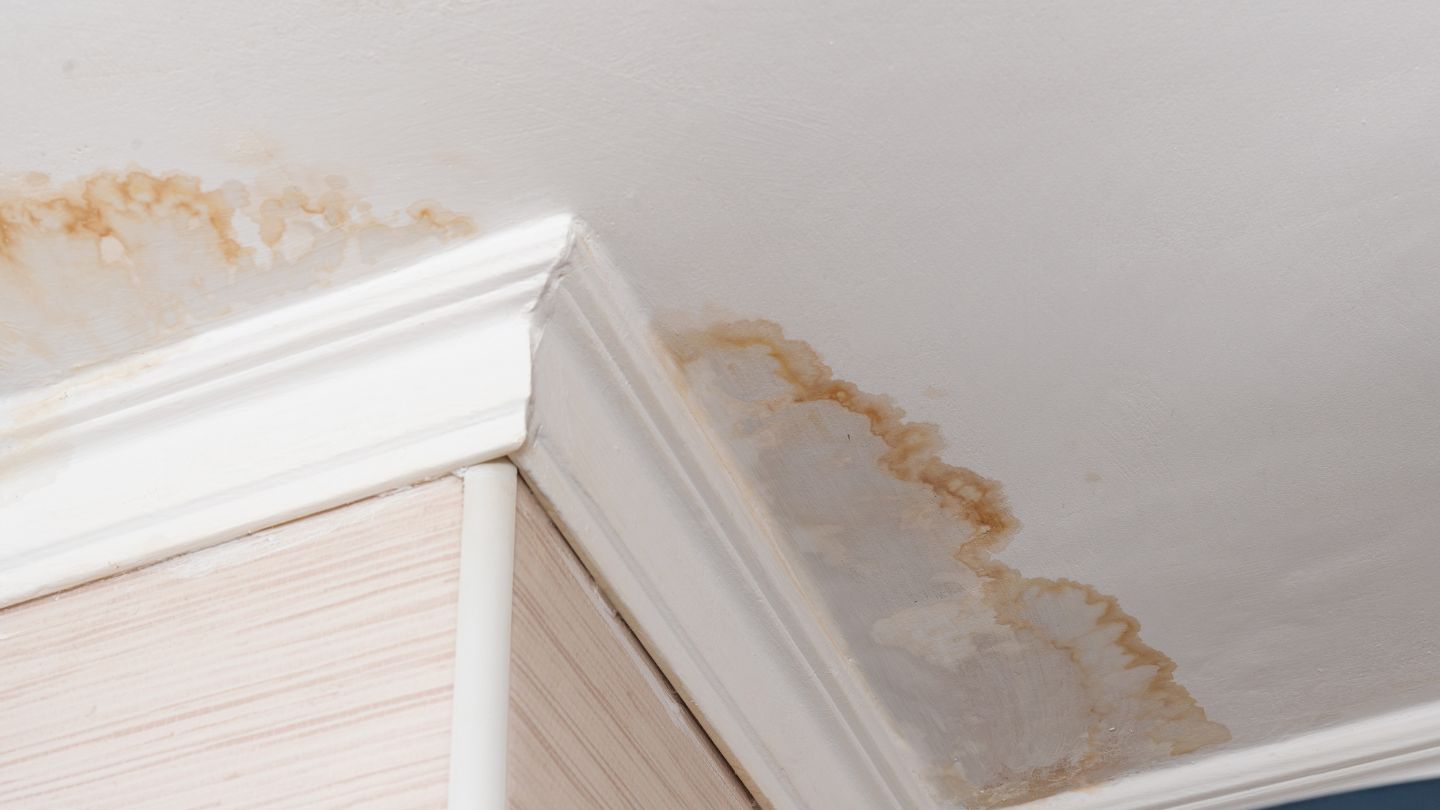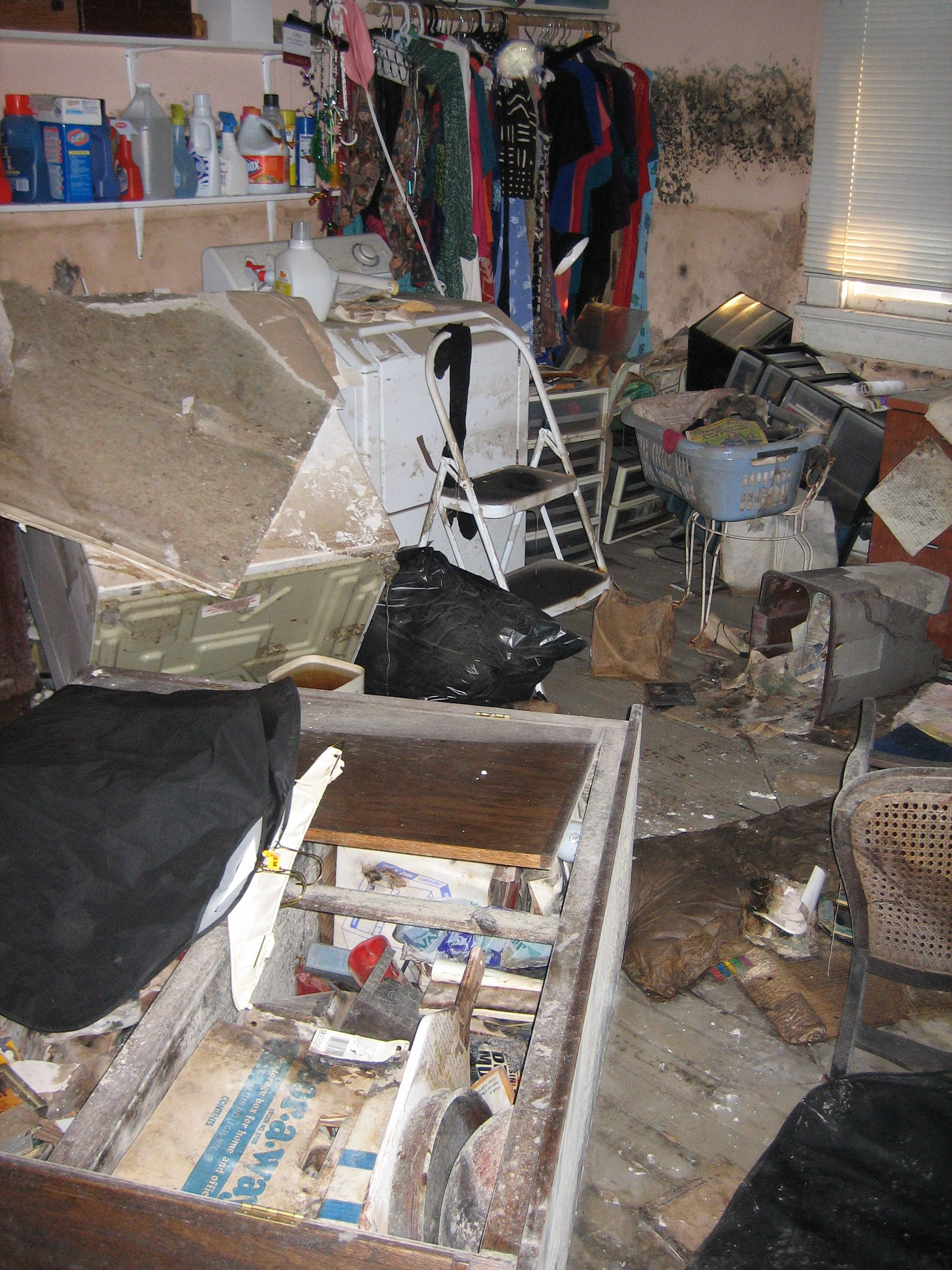Professional Water Damage Restoration for Homes and Businesses Near You
Professional Water Damage Restoration for Homes and Businesses Near You
Blog Article
The Process of Water Damages Cleanup: Guaranteeing Your Home Is Brought Back Properly
Water damage can be a difficult difficulty for home owners, demanding a organized and precise clean-up procedure to bring back security and performance. Initially, an extensive analysis is critical to recognize the level of the damages and establish the ideal removal actions. Following this, efficient water extraction strategies play a crucial function in mitigating additional damage. The nuances of drying, sanitizing, and eventual remediation are just as necessary and usually ignored. Comprehending these phases can make a significant difference in the outcome of your home's reconstruction, triggering a closer consider what each action involves.
Analyzing the Damage
Upon discovering water damages, the first action is to extensively assess the degree of the influence. This preliminary assessment is important, as it aids establish the essential steps for effective clean-up and reconstruction. Begin by examining the impacted areas, consisting of walls, ceilings, floorings, and personal belongings, to determine the source of the water breach, whether from flooding, leakages, or condensation.
Recording the damage is important for both insurance claims and planning remediation initiatives - damage restoration services. Use pictures and created notes to record the intensity of the damage, keeping in mind any kind of affected architectural aspects and materials. Pay unique focus to areas that may not be promptly noticeable, such as behind wall surfaces and under carpets, as concealed dampness can cause additional difficulties, consisting of mold growth
Additionally, examine the timeline of the water exposure. The longer the materials remain wet, the higher the possibility for damages. Recognizing the period of exposure will notify the urgency of remediation initiatives. Inevitably, a comprehensive assessment lays the groundwork for a successful water damages clean-up process, ensuring that all influenced areas are dealt with properly and completely.
Water Removal Techniques

Professionals typically employ submersible pumps for bigger quantities of water, which can swiftly minimize flooding in cellars or various other affected locations. For smaller sized amounts, wet/dry vacuums are frequently used to extract recurring moisture from carpetings and hard surface areas. Additionally, utilizing portable extractors enables targeted elimination in restricted spaces or locations with fragile materials.
In instances of contaminated water, such as sewage or floodwater, advanced removal techniques may involve the usage of biohazard equipment to make sure security and conformity with wellness policies. High-powered extraction tools are essential in decreasing water retention in architectural materials, which can result in mold growth and architectural deterioration otherwise addressed quickly.
Ultimately, the efficiency of water removal methods plays a pivotal duty in the general success of the water damages cleaning process, preparing for succeeding restoration initiatives.
Drying and Dehumidification
When standing water has been properly drawn out, the next crucial phase in the water damage cleaning procedure is drying out and dehumidification. This action is vital to protect against more damages and mold and mildew development, which can happen within 24 to 48 hours in moist atmospheres.
To achieve reliable drying out, specialized equipment such as industrial-grade air movers and dehumidifiers is utilized. Air moving companies flow air across wet surface areas, enhancing evaporation prices, while dehumidifiers reduce moisture degrees in the air, promoting a conducive setting for drying. The combination of these devices guarantees that moisture is extracted from furnishings, floorings, and walls, allowing them to dry completely.
It is very important to check the drying out procedure closely. Professionals usually utilize moisture meters to assess the wetness content in numerous products, guaranteeing that all impacted areas reach acceptable dryness levels. This precise approach assists to avoid hidden moisture pockets that can lead to structural damages or harmful mold development.
Cleaning and Disinfecting
After the drying out and dehumidification stage is total, the next crucial action in water damages cleaning is cleaning and sterilizing the influenced locations. This process is vital to prevent the growth of mold and mildew, germs, and various other virus that prosper in damp environments.
The cleaning phase normally entails removing any kind of particles, dust, and pollutants from surfaces utilizing specialized cleaning up agents. For tough surfaces, a combination of soap and water or industrial cleansing items is often employed. Soft products, such as upholstery and carpets, may need a lot more considerable cleaning techniques, consisting of heavy steam cleansing or deep extraction techniques, to ensure complete hygiene.

Sterilizing adheres to cleansing, utilizing EPA-approved anti-bacterials to remove damaging microorganisms. This action is crucial, particularly in locations that might have entered into contact with floodwaters or sewage, as these sources can position significant wellness risks.
In addition, it is essential to resolve any type of continuing to be odors, which may call for making use of smell neutralizers or advanced strategies like ozone therapy. Proper cleaning and disinfecting not only recover the safety and security and hygiene of your home however also lay the foundation for effective remediation and fixings in subsequent stages of the water damage clean-up process.
Repair and Fixings

As soon as the assessment is full, restoration efforts can start. This usually includes fixing or changing broken products, making sure that all work complies with neighborhood building regulations and criteria. As an example, if drywall has been jeopardized, it will certainly need to be removed and replaced with new product. Additionally, flooring might call for comparable interest, depending on the level of water exposure.
It is critical to involve seasoned repair experts throughout this process, as they possess the expertise to deal with intricate fixings properly. They can aid alleviate possible future concerns, such as mold growth or architectural instability, therefore making certain a habitable and secure living environment. Eventually, effective reconstruction and repair services restore the home's honesty and boost its general worth.
Final Thought
In final thought, the process of water damages cleaning is critical for recovering a home to its pre-damage problem. Each stage, from examining the damage to implementing reliable water removal techniques, adhered to by detailed drying out, sterilizing, and required repairs, you can try these out plays a vital duty in guaranteeing safety and compliance with structure requirements. Efficient execution of these steps not just minimizes immediate damages however likewise enhances the long-lasting honesty and worth of the building.
Water damage can be an overwhelming difficulty for house owners, requiring a careful and structured cleanup process to bring back safety and performance. Eventually, a comprehensive analysis lays the foundation for an effective water damages cleaning process, guaranteeing that all affected locations are attended to efficiently and thoroughly.
Efficient water extraction techniques are essential in minimizing damage and stopping additional difficulties adhering to a water intrusion occasion.In verdict, the procedure of water damage cleanup is essential for bring back a home to its pre-damage condition. Each phase, from analyzing the damage to carrying out reliable water removal techniques, complied with by comprehensive drying out, sanitizing, and required repairs, plays a crucial function in guaranteeing security and conformity with building requirements.
Report this page